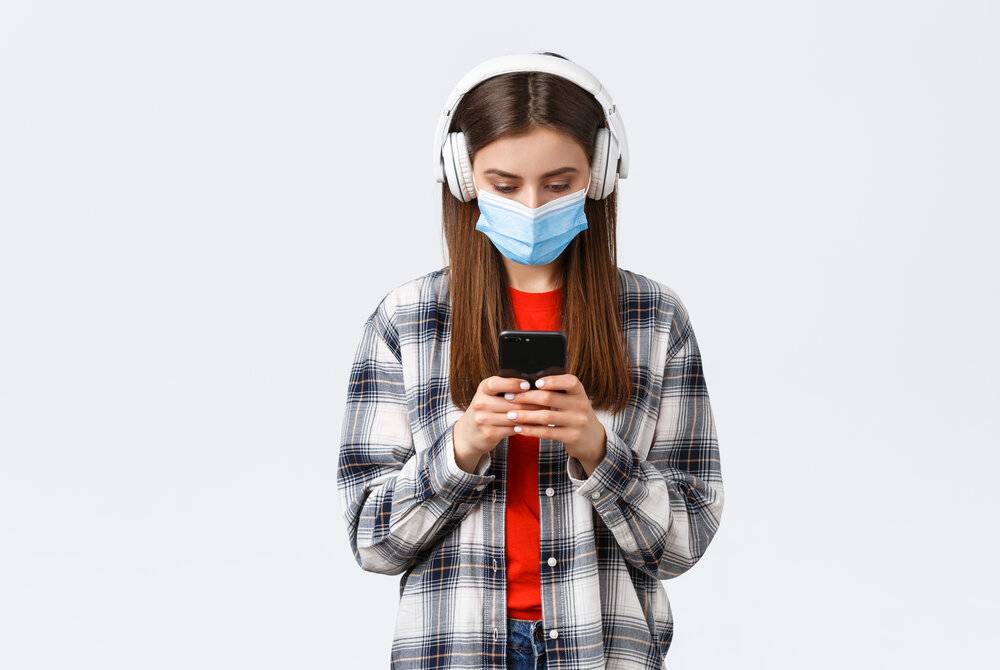
The music industry has undoubtedly been one of the hardest hit due to the novel Coronavirus outbreak that gripped the world in early 2020. Songwriters, artists, performers, and other stakeholders have all collectively lost billions of dollars as many music venues had to shutter their doors and related events abandoned.
As you already know, the main reason for these actions had to do with the infectious nature of the COVID-19 disease. Although there are still studies surrounding how it is passed on, many experts have concluded that it is transmitted between people in close proximity to each other. Specifically, it spreads when people come in direct contact with an infected individual, with contaminated surfaces, or by inhaling virus-containing aerosols or droplets. With most music-related activities involving close or direct contact between people, it is clear to see why the industry was more or less shut down.
What does this mean going forward? The rollout of several vaccines has seen the number of COVID-19 cases trending down. At the same time, there have been plans to re-open live music venues and allow in-person events to go ahead in the near future. In fact, some parts of North America, Europe, Asia, and Australia have already been conducting phased re-openings of various venues and even held concerts, festivals, and other events. But there are still fears about the virus spreading, and a general concern about how germs are spread in music as a whole.
Activities such as singing and playing instruments can easily lead to germs spreading between people, at least according to recent studies. Researchers at Lund University in Sweden, for example, tried to find out if singing was a major factor for the spread of the novel Coronavirus. The results of the tests, involving 12 healthy singers and two COVID-positive patients, found that singing contributed to lots of aerosol particles and droplets being released into the air surrounding singers. What’s more, while some large droplets only reached less than a foot away, smaller and lighter ones floated around in the air for several minutes.
The volume of aerosol particles and droplets were linked to the words of the song, as well as the singing technique employed. Loud and powerful singing resulted in more particles than performances that involved softer vocal utterances. Also, consonant-heavy words, especially those starting with the letters B and P, were identified as the major aerosol particle generators. When the singers wore masks, the aerosols and droplets were drastically reduced.
At the end of the day, the findings were inconclusive as to how much of a risk singing in public posed as it relates to catching COVID. But there was no doubt that there was some risk involved. In addition, the study raises questions about other respiratory diseases that are spread in a similar manner. The common flu, for example, is often transmitted as a result of droplets from an infected individual that can reach people up to six feet away.
Musical instruments are another contributing factor to the spreading of germs through music. Wind instruments, which involve using the mouth, have been especially singled out for spreading germs, especially since these are sometimes shared. In one 2011 report put forth by the Tufts University School of Medicine, it was found that a number of infectious organisms were able to survive for days on commonly used wind instruments, including clarinets, saxophones, and flutes.
As it relates to the COVID pandemic, one bit of research from the University of Colorado found that instruments such as the clarinet, French horn, flute, and trumpet have the capacity to produce aerosol particles in amounts that could transmit the virus when blown. Germs spread risk is not only reserved for wind instruments. Pianos, guitars, drums, etc. can all host germs on their surfaces, which can then be passed to the hands. The SARS-COV2 virus has also been found to stay active for days on many surfaces.
The calls for a full re-opening of the music industry are only getting louder, and we hope this will happen soon. However, when that happens, will people still pay attention to practices that are considered hygienic? Social distancing might go out the window, but it is hoped patrons and musicians alike will at least still practice measures to keep themselves safe from germs – COVID or otherwise.
Thankfully, initiatives such as the Music Venue Trust have sought to develop guidelines that venues can follow in order to minimize the risk of germs spreading among patrons and artists. It helps if everyone takes a proactive approach in minimizing disease risk, whether creating, performing, or consuming music. In case you are wondering what are some of the steps you can take to keep yourself safe, here are a few tips:
The threat of the novel Coronavirus seems to be winding down, but that does not mean the music community is out of the woods as far as infectious germs are concerned. Taking care to follow all established protocols and practice proper hygiene will go a long way in ensuring you are able to keep practicing your craft as a musician while helping to keep others safe.




